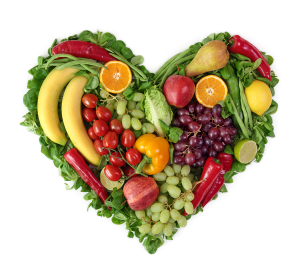Do you want to start a daily yoga or meditation practice but feel overwhelmed with a full schedule? Or, do you wonder how to get started and stay focused without the guidance of a teacher?
Like anything else, the experience of yoga and meditation deepens with practice. The subtle effects of the postures are revealed over time. As we sit in the practice of yoga and meditation, we strengthen our capacity to be with ourselves as we experience the ups and downs of life.
The beauty of practice is this: The more we practice, the easier it becomes. In fact, over time, we cannot help but show up to our yoga practice, because yoga slowly becomes a part of everything we do. Plus yoga works! Once we know how calm and peaceful we can feel all day long as a result of our yoga, we will have a hard time giving up on our daily practice. The asana practice or seated meditation practice becomes a way to continue to stay engaged with the essence of our beings, every beautiful day.
Ready to get started?
Here are my top four tips to start a daily yoga practice:
1. Easy Does It
Life design coach, Martha Beck, recommends that we establish “ridiculously easy” goals to make BIG changes. After all, if we aim too high and make our goals too difficult, we will not do them. To begin your daily practice, start with something ridiculously easy that you will do every single day. Try one sun salutation or one minute of sitting. Just 30 seconds of breathing deeply can be your ridiculously easy daily practice. Once you reach your goal and you have a simple routine established, add just a little bit more. Continue to build your practice with baby steps until you discover a routine that works well for you.
2. Develop A Yoga Habit
Commit to practicing a couple of postures every day for a full month until it becomes a routine. Or invest in yourself and get a monthly unlimited package at the studio, so you can build your daily habit with the guidance of your favorite teachers! Developing a routine around yoga makes continuing a daily practice easy. If you miss a day, be kind to yourself and simply start again the following day. Allow your practice to be nourishing and fun… not one more thing you have to do in your day. The simple act of showing up to your personal yoga practice will have a profound effect on your life, guaranteed.
3. Find A Sequence That Works Well For You
Depending on where you are at in life, different asana practices can support your body and soul. Having a series of postures or flow that you can practice every day can help you to see how certain postures affect your well-being. Some people enjoy the Ashtanga yoga practice because there is a series that they show up to every day. Others prefer restorative postures, or seated meditation without any postures at all. Do you want support in designing a sequence that is perfect for your body? I highly recommend working with a private instructor who can teach you a sequence that will support you wherever you are at.
4. Take Your Yoga Off the Mat
You can start a daily practice by integrating yoga into your day wherever you are. Maybe you don’t have time to roll out your mat every day, but can you breathe deeply for 30 seconds on your commute? Or find time to practice tree pose for five deep breaths on each side after you go to the bathroom? Sometimes the simple yet profound act of listening deeply, with full attention, to another human being can be your yoga practice. Pay attention to how you practice yoga off the mat. Perhaps you will find you already have a daily practice!










































